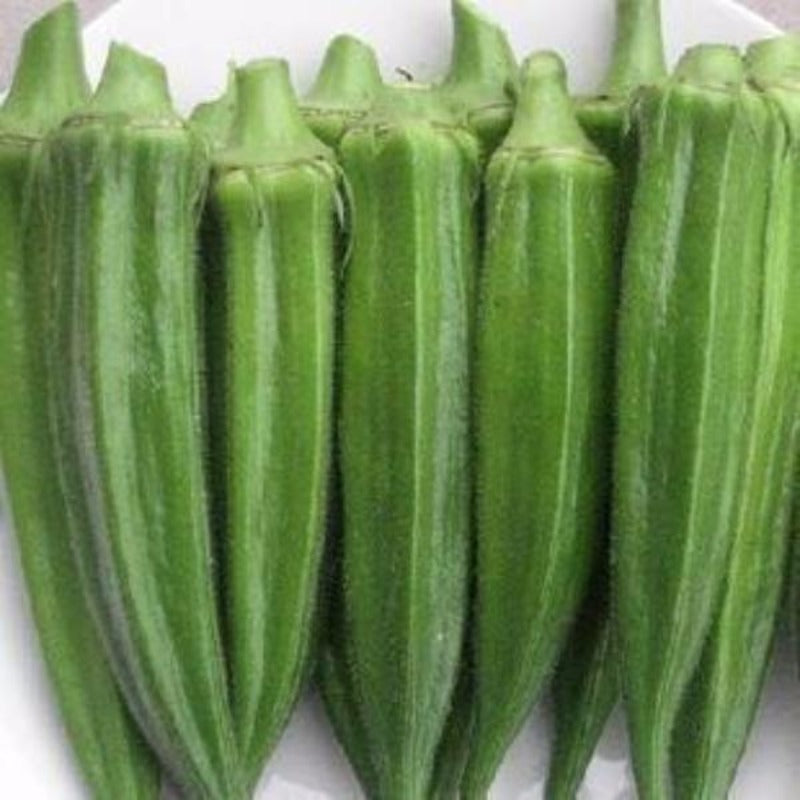- Species and varieties: Okra (Abelmoschus esculentus) is a flowering plant known for its edible green seed pods. Popular varieties include 'Clemson Spineless', 'Burgundy', 'Annie Oakley II', and 'Jambalaya'.
- Hybrid or heirloom: Okra seeds can be both hybrid and heirloom. Heirloom varieties like 'Clemson Spineless' are open-pollinated and have been passed down through generations, while hybrid varieties like 'Annie Oakley II' are bred for specific traits such as disease resistance and higher yields.
- Pruning and training: Okra plants generally do not require extensive pruning. However, removing the lower leaves and any diseased or damaged foliage can help improve air circulation and reduce the risk of disease. Regularly harvesting the pods encourages continuous production.
- Fertilization needs: Okra benefits from a balanced fertilizer applied at planting time. A 10-10-10 NPK fertilizer is suitable. Side-dressing with compost or a balanced fertilizer every 4-6 weeks during the growing season can promote healthy growth and pod production.
- Hardiness zones: Okra is best suited for USDA hardiness zones 8-11. It thrives in warm climates and can be grown as an annual in cooler zones.
- Climate requirements: Okra requires a warm climate with temperatures between 75-95°F (24-35°C). It needs full sun exposure and well-drained soil with a pH between 6.0 and 6.8. Okra is drought-tolerant but performs best with consistent moisture.




